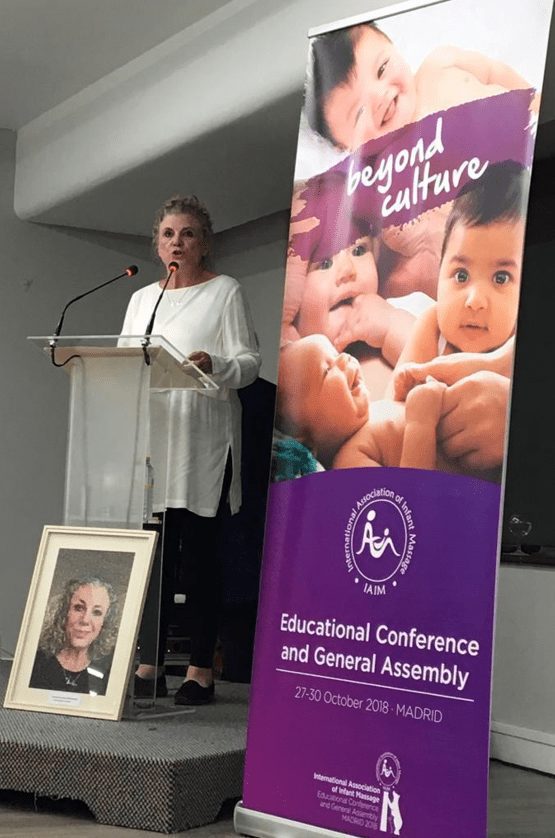Children learn languages so easily that it’s tempting to imagine that they’re passive little sponges soaking up everything they hear, but a new study from the University of Washington shows that 10-month-old babies use their eyes as well as their ears to learn the sounds of a foreign language.
The study involved 17 babies from English-speaking homes who participated in a dozen 25-minute Spanish lessons.
The babies who learned the sounds of a foreign language best were the ones who were better at looking back and forth between Spanish-speaking tutors and the toys the tutors described.
For the study, the babies sat in front of a parent while native Spanish-speakers described a rubber duckie and other toys.
One of the study’s co-authors, Rechele Brooks, a researcher at the UW Institute for Learning & Brain Sciences said, “The babies were very interested in what was going on. They’re interacting with the adult, even though the adult is not speaking English with them.”
The researchers measured language-learning skills by recording electrical brain wave activity within a fraction of a second after babies heard the sounds.
Brooks and her colleagues found that babies who were better at looking back and forth between the Spanish-speaking tutors and the toys were also better at distinguishing the sounds of Spanish.
Recordings of their brain wave patterns before the babies started the lessons showed no special response to hearing Spanish. But after the lessons, the patterns showed their brains were noticing the sounds unique to Spanish, an important first step toward learning the language.




